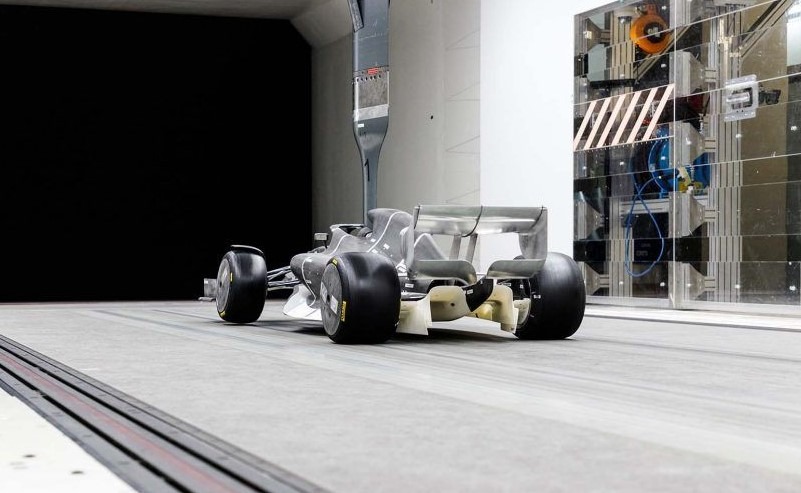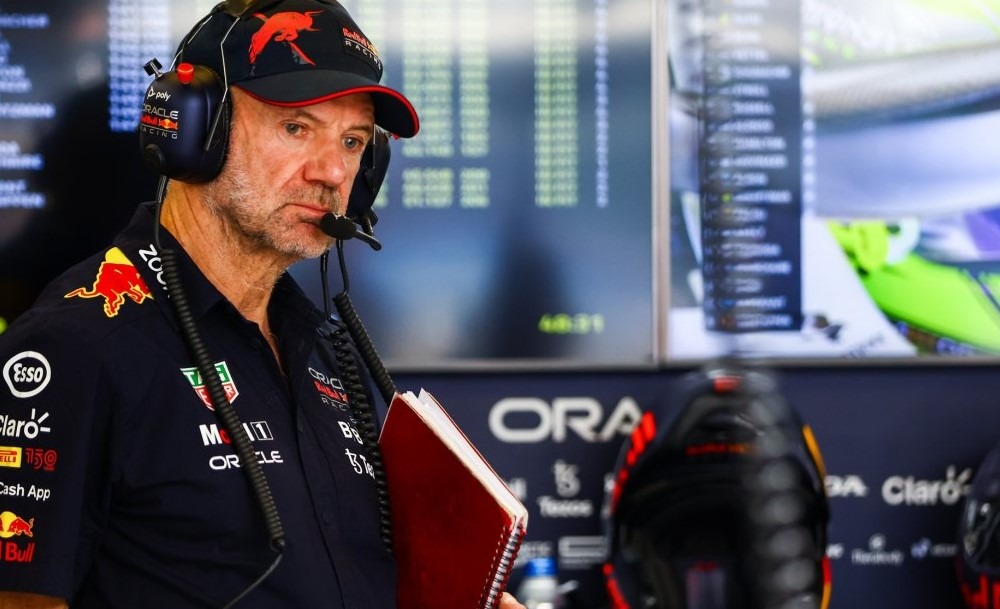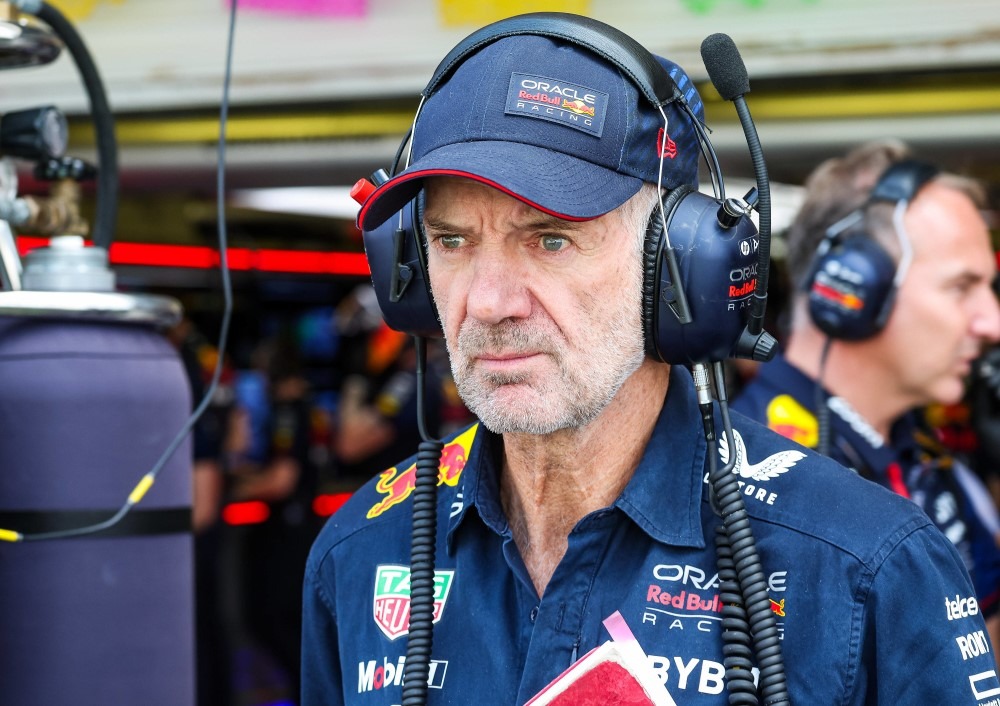The FIA has officially confirmed a ban against Formula 1 teams starting development work on their 2026 F1 cars before the next full calendar year.
Formula 1 teams will not be allowed to begin getting ready for 2026 F1 by launching aerodynamic or CFD work too early as the sport is introducing a completely new set of regulations for 2026 that will include significant changes to the chassis as well as power units.
This comes as the FIA has generally defined the majority of new PU regulations, however, the new technical rules for the 2026 F1 cars have not been fully approved. Therefore, teams won’t be permitted to shift their focus too quickly from the current models to the new ones.
It was decided at the most recent F1 Commission meeting which took place over the weekend of the Abu Dhabi Grand Prix, that teams would not be permitted to start any CFD or wind tunnel work for the new cars until 2025.
The approved regulations will only allow development work on the new-spec cars one year prior to their debut, ensuring that no team will get an early advantage.
The new Sporting Regulation rulebooks have revealed how this ban will be implemented, ahead of the FIA’s World Motor Sport Council meeting in Baku this week to approve the changes that were agreed upon at the Commission level.
Article 3 of Appendix 7 of the most recent Sporting Regulations for 2023 and 2024 states that cars that meet the technical requirements for the 2023, ’24, and ’25 seasons are the only ones that may be used for wind tunnel testing.
The new regulations read: “In order to prevent testing which aims to develop for the 2026 F1 season, from 1/12/2023 until 1/1/2025 inclusive, RWTT [restricted wind tunnel testing] may only be carried out using a scale model that substantially complies with the 2023, 2024 or 2025 F1 technical regulations.
“With the exception of dyno testing aimed to develop brake system components with minimal air ducting and provided such tests do not concurrently test (or in any way provide incidental data or knowledge on) the performance or endurance of parts or systems classified as bodywork.
“No wind tunnel testing may be carried out using car geometry partially or wholly compliant with and/or substantially derived from drafts and/or published versions of the 2026 F1 Technical Regulations or FIA proposed 2026 bodywork geometries and concepts.”
An identical regulation has also been implemented to ban work on computational fluid dynamics simulations linked to parts intended for the 2026 F1 cars.
Other changes include a one-minute notice requirement for a standing restart and a forty-minute pitlane opening time instead of the previous fifty-minute requirement.
Additionally, during a pitlane start, the teams will only be able to work on their cars in the fast lane “for a period ending 90 seconds after the commencement of the formation lap.”
The FIA will now be picking specific cars for inspection over legality checks shortly after a qualifying or Sprint Shootout session instead of the previous minimum of three.
The Alternative Tyre Allocation which was tested in two qualifying events in 2023, has been dropped from the sporting regulations after the Commission approved its removal.
The FIA has also extended the number of days allotted for Pirelli to test tyres from 35 to 40, although the meeting resolved to maintain 13 sets of tyres per driver during each race weekend.
In keeping with the FIA’s goal of minimizing spray in rainy weather, four more testing days have been granted following an assessment at Silverstone in July.




